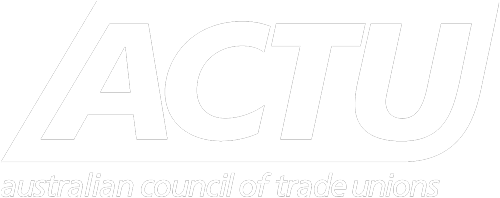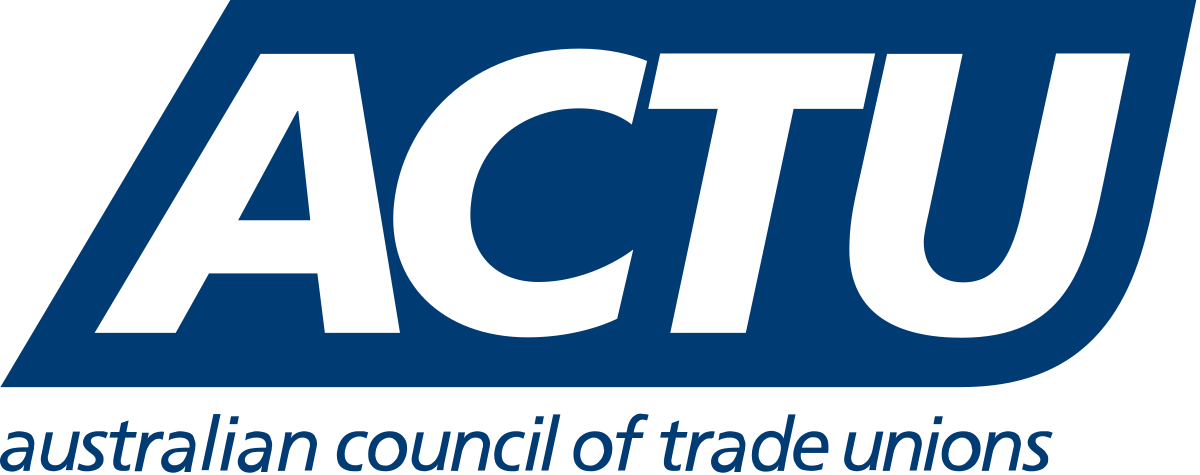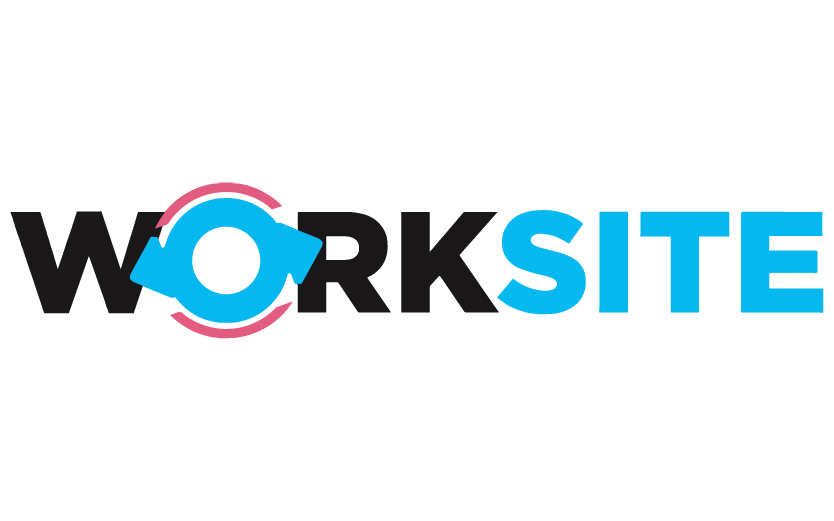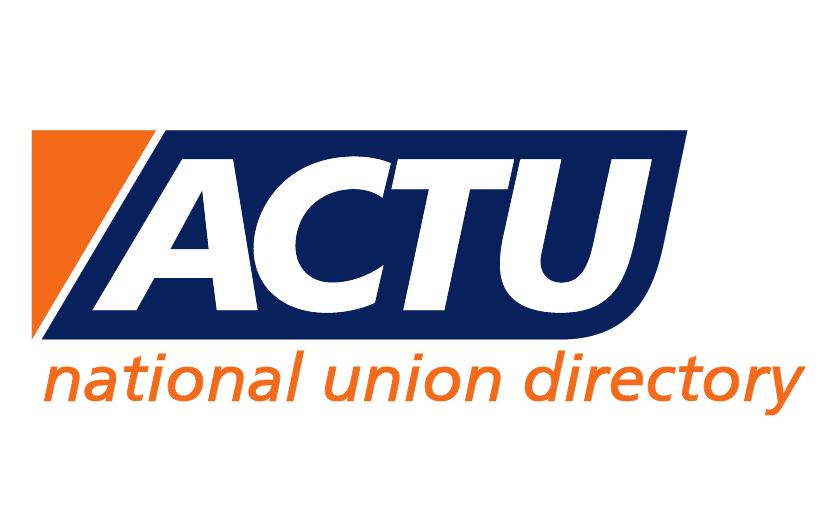Quarterly real wage growth hits eight year high
Media Release - November 13, 2024
New ABS data today shows real wages increased 0.6 per cent in the last quarter, off the back of strong wage growth, and lower inflation.
The Wage Price Index (WPI) grew by 0.8 per cent in the September quarter, while inflation only came in at 0.2 per cent for the same period. This is the fastest quarterly growth in real wages since March 2016, excluding when childcare was briefly free in 2020.
WPI grew at 3.5 per cent in annual terms, in sharp contrast to the average annual wage growth of just 2.1 per cent under nearly a decade of Coalition Governments from 2014 to 2022.
An ACTU analysis of this data shows that the average Australian worker would be $5,560 worse off if annual wage growth had continued at the same low rate as under nine previous Coalition governments.
Today’s positive results were the first to capture the impact of the Annual Wage Review decision, where nearly 2.7 million workers received a 3.75 per cent pay rise from 1 July 2024.
The results also show the strong contribution of collective bargaining to delivering good wage outcomes. Since the government reforms, unions have fought hard to get more workers covered by collective agreements which are securing better pay rises.
Peter Dutton and the Coalition voted against the new collective bargaining laws in Parliament and have threatened to review them if elected.
Quotes attributable to ACTU President, Michele O’Neil:
“Real wages are growing for working people who have struggled in the cost-of-living crisis and need pay increases to counter excessive profit taking by insurers, supermarkets and other big retailers.
“Real wages are broadly trending back up after a decade of going nowhere under the Liberal National Coalition. In fact, the average Australian worker would be $5,560 worse off today, if annual wage growth had continued at the same pace as under the Coalition.
“Today’s wages improvements are due to Unions winning increases in agreements and the minimum wage and the Albanese Government’s backing of the annual wage review which led to pay rises for 2.7 million workers on awards and the highest ever pay rises for aged care workers.
“This will be followed by large wage increases for early childhood education and care workers from December.
“The Closing Loopholes Bill and Same Job Same Pay legislation have also started to shut-down big business wage cutting schemes, such as labour hire and the casualisation of workers. While the Secure Jobs Better Pay Bill is getting employers back to the bargaining table with workers.
“Coalition frontbenchers have said they will review workplace laws including multi-employer bargaining and take rights away from casuals, scrap the right to disconnect and bring back labour hire to minimise workers’ wages.
“The Liberals and Nationals spent a decade in government keeping wages down. They’ve voted against measures to get wages moving again during the current term and wages growth would flatten out again if they won the upcoming election.
“Today’s wage figures are good news for working people and wages need to continue to grow.”
NOTE:
The ACTU calculation is based on a worker’s average full time weekly earnings of $1,835.20 in May 2022 (ABS Average Weekly Earnings – May 2022). The Albanese Government was elected on 23 May 2022.
If those wages had grown by just 2.1 per cent per year instead of the actual growth rate of 3.7 per cent, then that worker would have earned $5, 560 less.
| Government | Average annual wage growth (nominal) |
| Labor (2007 to 2014) | 3.6 per cent |
| Liberal National Party (2014 to 2022) | 2.1 per cent |
| Labor (2022-2024) | 3.7 per cent |
The ACTU Network
Australian Unions
Worksite
OHS
Union Aid Abroad
ACTU National Union Directory







